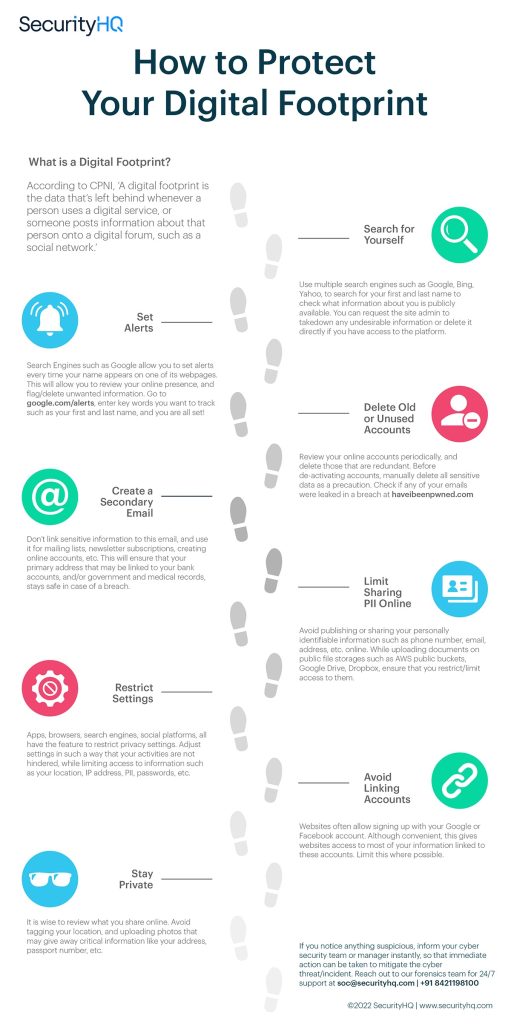In today’s digital age, our lives have become increasingly reliant on technology. We use it for work, communication, entertainment, and even shopping. With the world moving towards a more interconnected society, it is crucial to ensure that our digital lives are protected. Cybersecurity has become a paramount concern as we navigate the intricacies of the online world. As a tech enthusiast and someone who has experienced the consequences of cyber threats, I want to share some personal insights and offer practical tips to safeguard your digital life.
1. Strengthen your passwords: It may seem like a simple tip, but a strong password can be a game-changer in protecting your online accounts. Avoid using easily guessable passwords like “123456” or “password.” Opt for a combination of upper and lowercase letters, numbers, and symbols. Additionally, consider using a password manager to generate and store complex passwords securely.
2. Enable two-factor authentication (2FA): Two-factor authentication adds an extra layer of security by requiring a second form of verification, typically through a text message or an app. This way, even if someone manages to obtain your password, they would still need the second factor to access your account. Many online services offer this feature, so make sure to enable it wherever possible.
3. Keep your software up to date: Software vulnerabilities are often exploited by cybercriminals to gain unauthorized access to systems. Keep your operating system, web browsers, and software applications updated with the latest security patches. Enable automatic updates whenever possible to ensure ongoing protection against emerging threats.
4. Be cautious of phishing attempts: Phishing remains one of the most common and effective methods used by hackers to trick users into revealing their personal information. Be vigilant when clicking on links or opening attachments in emails, especially if they appear suspicious or come from unknown sources. Check the legitimacy of websites before entering sensitive information, and remember that reputable organizations will never ask for your password or personal details via email.
5. Utilize a reliable antivirus/anti-malware solution: Investing in a reputable antivirus or anti-malware software is essential to protect your devices from malicious software. These programs can detect and remove viruses, spyware, and other malicious threats. Regularly update your antivirus software to ensure it stays effective against the latest threats.
6. Practice safe browsing habits: Avoid visiting untrustworthy websites or downloading files from unknown sources. Stick to secure websites that use HTTPS encryption (indicated by the padlock icon in your browser’s address bar). Be cautious when clicking on pop-ups or ads, as they can lead to malware or phishing attempts.
7. Educate yourself: Staying informed about the latest cybersecurity threats and best-practice is crucial. Follow credible cybersecurity blogs, podcasts, or news outlets to stay updated on the latest trends and protection methods. Additionally, educate yourself on how to recognize and respond to potential threats such as social engineering attacks or ransomware infections.
8. Regularly backup your data: Data loss can occur due to various reasons, including hardware failure, malware infections, or accidental deletion. By regularly backing up your data to an external hard drive or cloud storage, you can mitigate the impact of such incidents. Make sure to encrypt your backups to ensure your data remains secure even if the backup media falls into the wrong hands.
9. Protect your home network: With the rise of smart homes and Internet of Things (IoT) devices, securing your home network has become increasingly important. Change the default usernames and passwords of your routers and IoT devices, use strong encryption protocols (e.g., WPA2 or WPA3) for your Wi-Fi network, and regularly update the firmware of your devices to patch any security vulnerabilities.
10. Practice good digital hygiene: Finally, practicing good digital hygiene is essential in safeguarding your digital life. Avoid oversharing personal information on social media platforms and carefully review the privacy settings of your online accounts. Be cautious when using public Wi-Fi networks and consider using a virtual private network (VPN) when connecting to unsecured networks.
In a world where our digital lives are deeply intertwined with our physical existence, cybersecurity should be a top priority. By implementing these tips and staying vigilant, you can significantly reduce the risk of falling victim to cyber threats. Remember, safeguarding your digital life is an ongoing process that requires constant attention, education, and proactive measures. Stay safe, stay informed, and enjoy the wonders of the digital world!

